Non-seafood options Japan. Hello foodies! Excited about your trip to Japan? Endless conveyor belts of sushi and incredibly fresh seafood everywhere you look. But what happens if you do not eat seafood or fish? Should you cancel your trip or pack a dozen boxes of Cap’n Crunch to sustain yourself as you are inundated by sushi?
Despite this being a safe non-seafood option, I had never tried Ramen before until my recent visit to Tokyo. Strolling around the busy Shinjuku neighborhood in Tokyo I stepped into the corner Ramen restaurant. One of the most satisfying parts of Ramen is the unending amount of slurping taking place when consuming this comfort food.
I was preparing for an extended trip to Japan and I was a bit anxious. I have been described as a picky or even bizarre eater. I do not eat fish, seafood or sushi. One time I even refused to eat a steak, after I learned that the cow had previously fallen into a lake. So with my persnickety eating habits, I prepared a simple go-bag of provisions. I packed three jars of chunky peanut butter and two boxes of protein bars. Dense and satiating food to have in a pinch.
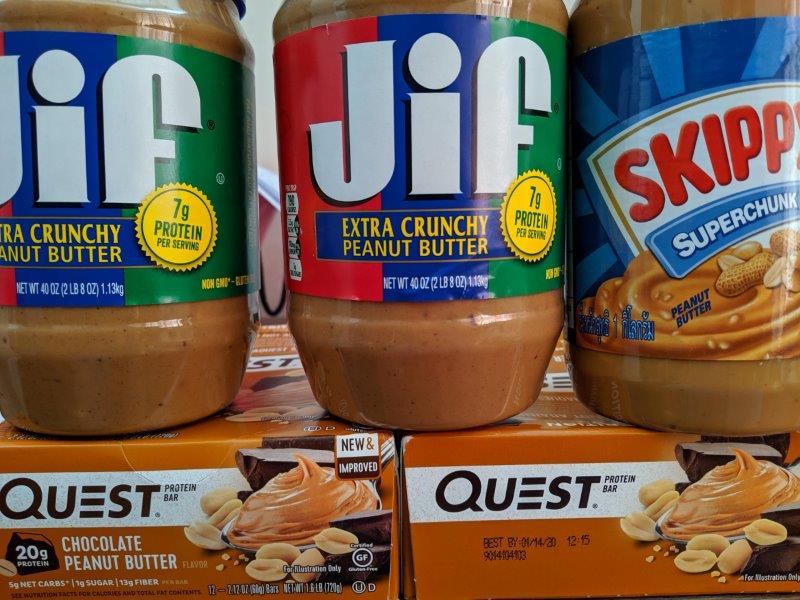
I spent nearly three weeks in Japan and was pleasantly surprised with the non-sushi/seafood options as I traveled the country. I have provided a roundup of alternative options for you anti- Icthyophilians (yup, check out that word).
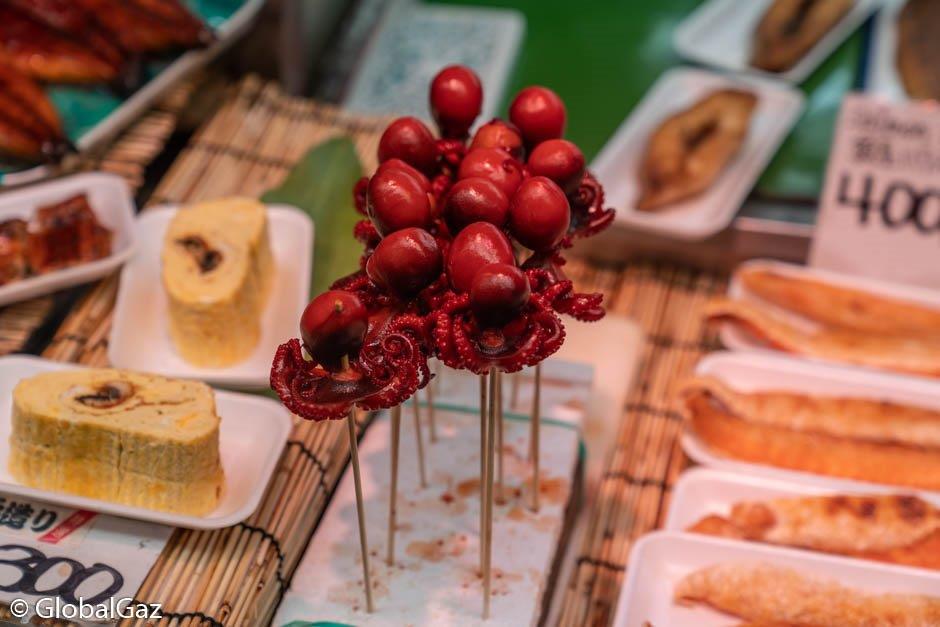
Non-Seafood/Fish Dining Options In Japan
Okonomiyaki
Okonomi means “how you like it” which, as you might have picked up, means no seafood/fish for me. Okonomiyaki is a Japanese pancake or pizza with a heavy dose of cabbage. My Okonomiyaki was sandwiched by the crepe-like bread and populated with cabbage, noodles, onions, eggs, and a pork/bacon. The secret ingredient is the Okonomiyaki sauce which is derived from Worcestershire sauce but is a bit sweeter and less salty.
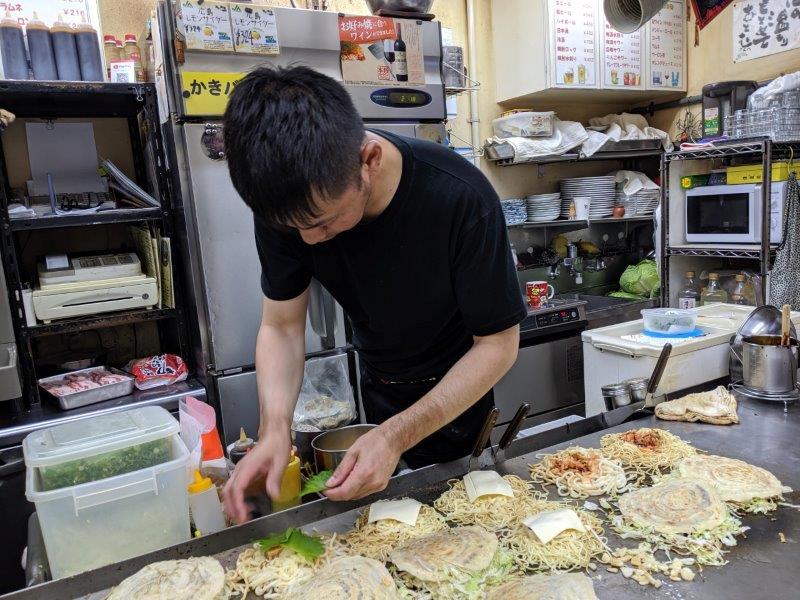
Half of the fun of eating Okonomiyaki is the presentation. Okonomiyaki is a well-known staple in Hiroshima and ubiquitous in the city. I entered a five-story building which was inundated with multiples of Okonomiyaki kiosks, each one individually owned and operated. I sat down at a u-shaped table connected to an expansive grill at the Okonomiyaki restaurant appropriately named Atom. It was manned by an industrious family of an adult son and his parents. My fellow travelers and I surrounded the grill and watched the trio work their magic. After their machinations, the Okonomiyaki were slid over so we could begin our dining.
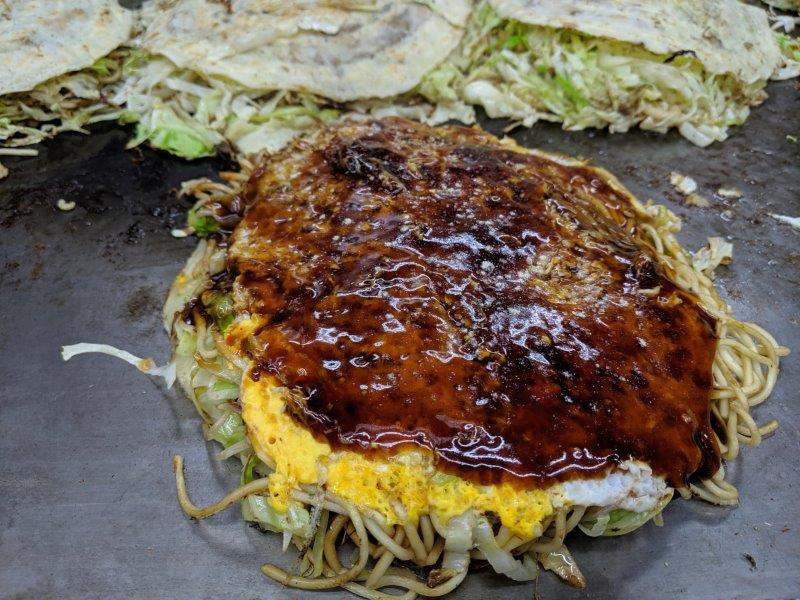
An added bonus was I ordered a side of potatoes slobbered with cheese. Not what I was expecting in Japan, but really tasty.
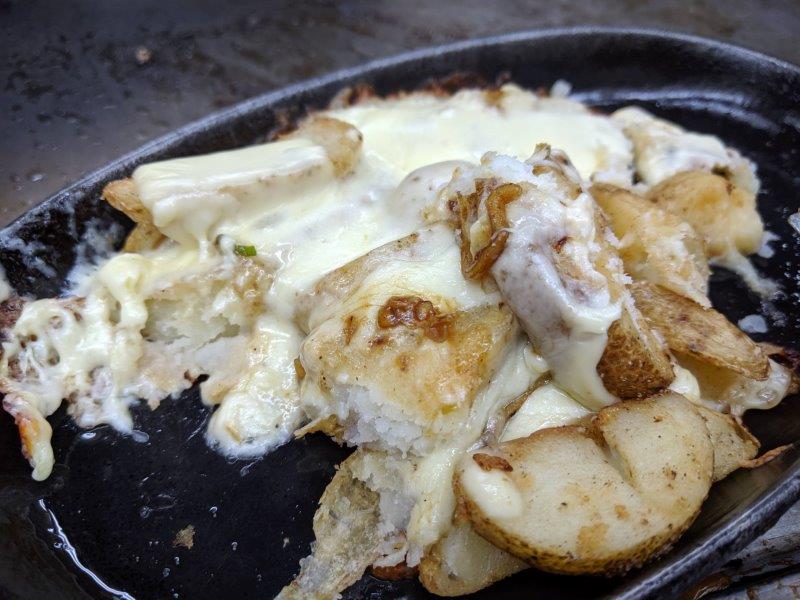
Kuskikatsu
A hometown favorite in Osaka is Kuskikatsu. In short, Kuskikatsu is deep-fried food on a stick which are generously dipped in a tangy sauce. Of course, you can request Kuskikatsu of octopus, oysters, scallops, or squid, but I stuck to options like cheese, potato, asparagus and okra.

You can read more about my experience eating Kuskikatsu at Kushikatsu Daruma, which dates back to the 1920s when it was a popular option for blue collar workers in Osaka.
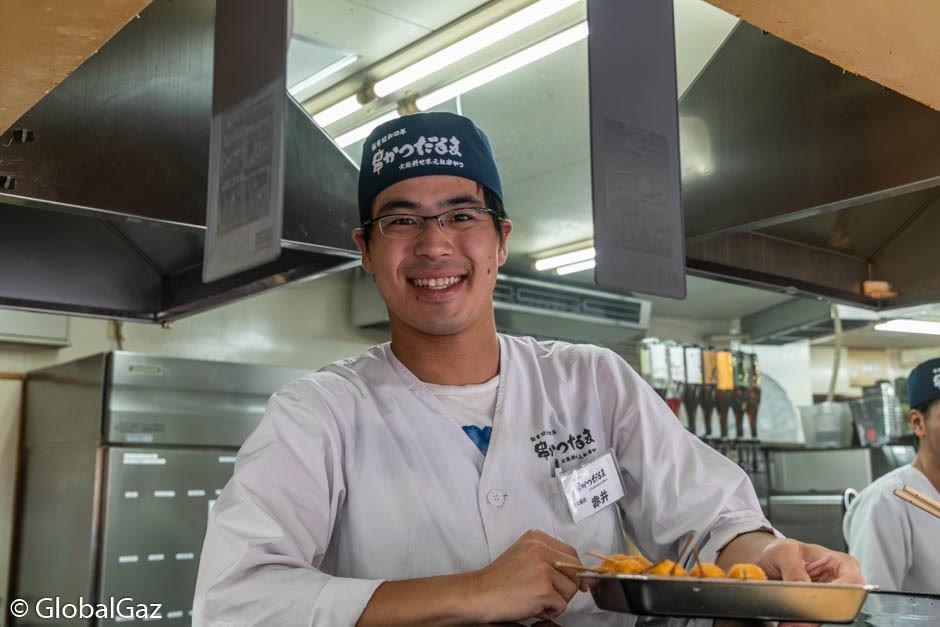
Ramen
Ramen is a well-known staple throughout Japan, with many regions having their own variation. Ramen is a thick noodle soup, typically made of Chinese wheat noodles in a meat broth. Popular toppings are sliced pork, seaweed (I skipped this), and scallions. Ramen shops are omnipresent throughout Japan and serve as satisfying comfort food.
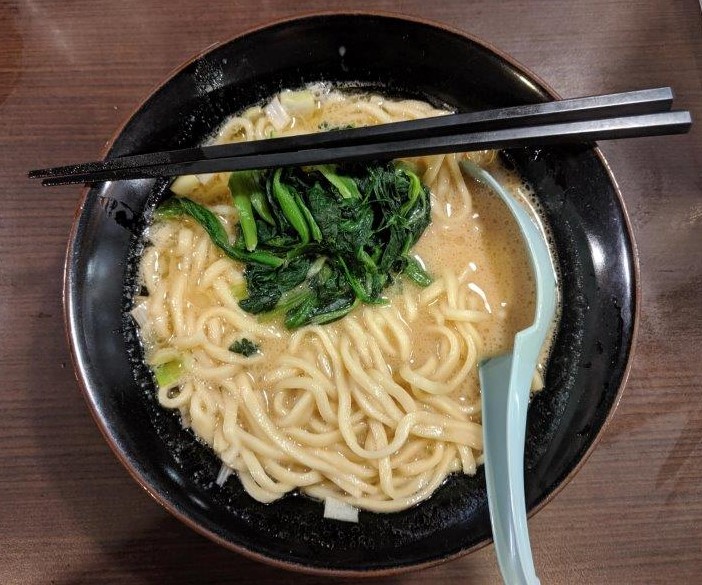
Despite this being a safe non-seafood option, I had never tried Ramen before until my recent visit to Tokyo. Strolling around the busy Shinjuku neighborhood in Tokyo I stepped into the corner Ramen restaurant. One of the most satisfying parts of Ramen is the unending amount of slurping taking place when consuming this comfort food.
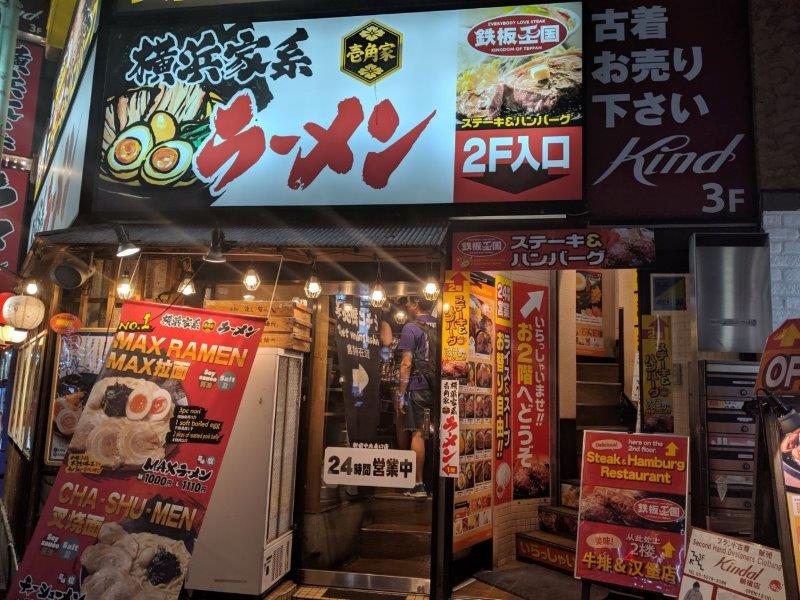
I am a G Wanderer, meaning G Adventures sent me on their small group adventure to explore Japan. Take a look at my itinerary and join one of their trips (they operate in over 100 countries). And besides their trips to Japan, take a look at their trips to the Galapagos and Antarctica.
Yakitori
Yakitori is a type of skewered chicken in Japan. This food is prepared on charcoal grills, whether on portable grills at someone’s home, a neighborhood shop, or a restaurant. The chicken is prepared with simple seasoning typically salt or a salty-sweet sauce known as tare. The yakitori takes a wide variety of chicken cuts, everything from chicken heart to gizzard to cartilage. I settled on the safest bet … grilled chicken breast known as yotsumi.
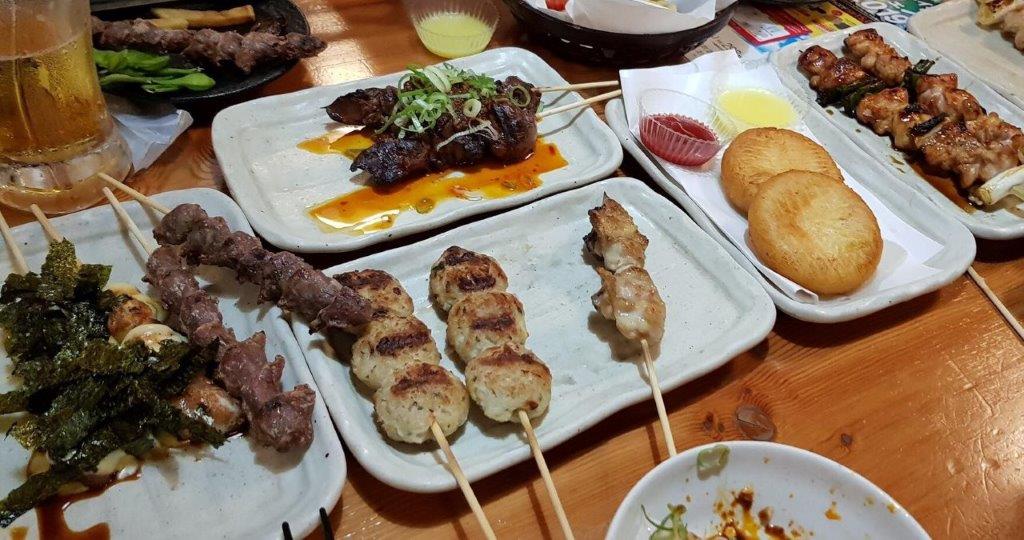
Next to my hotel in the lively Asakusa area, there was a fun and energetic Yakitori restaurant. The concept was straight forward, every item was listed for 298 Yen (about $3). This ranged from a pint of beer to grilled chicken gizzards to edamame. An electronic menu was placed at each table, you would plug in your order, and your food would wondrously appear in moments.
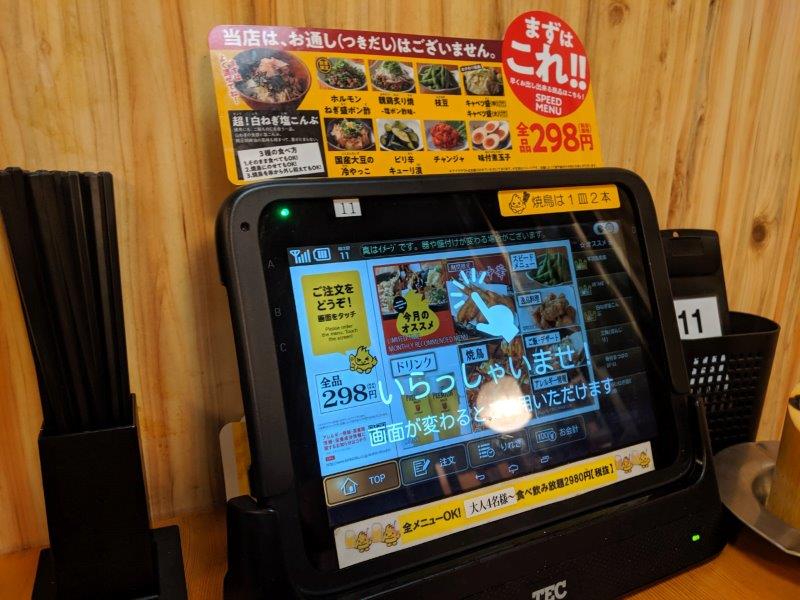
Yakiniku Japanese BBQ
Yakiniku translates as grilled meat, another safe option for non-seafood lovers when visiting Japan. Yakiniku are grilled meats and vegetables which are cooked on grills over a wood charcoal fire. You place your order with the server and platters of food which are brought out and then you grill the foods at your table. In many cases, there is an option for all-you-can-eat.
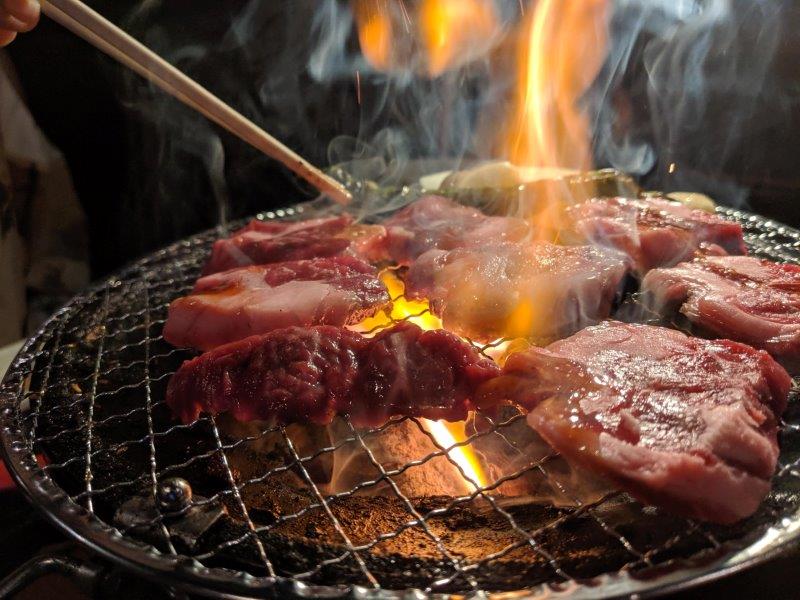
Non-Japanese Dining Options
I have shared with you a handful of Japanese options, yet there is also a plethora of other dining options you might be more familiar with from back home. To find non-Japanese dining options use the filter for cuisines in Tripadvisor.
McDonalds
Yes, McDonalds. You can pooh-pooh it all you want, but in my humble opinion, McDonalds is a dependable, safe, reasonably priced, and yes, delicious option. There are no shortages of McDonalds in Japan, whether they be in a train station, mall, or just next to your hotel. Most of the options you are familiar with back home will be available in Japan as well. So enjoy that double cheeseburger and large French fries.
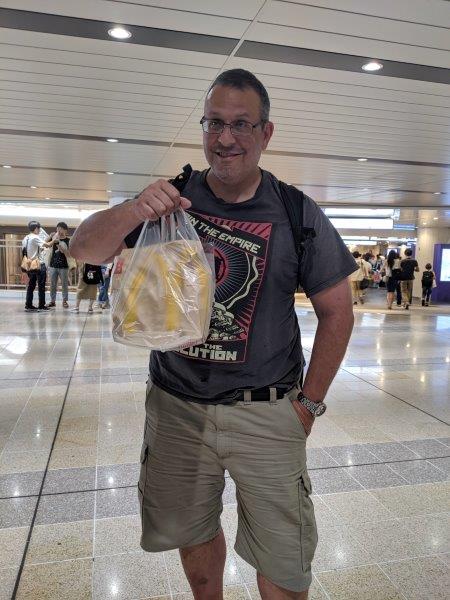
Denny’s
Denny’s the popular diner in the US founded in 1953 has also made a beachhead in Japan. So if you have a hankering for some pancakes, feel free to make a pitstop here. The menu has some of your favorites from back in the US but the menu is a Japanized version with a lot of local favorites.
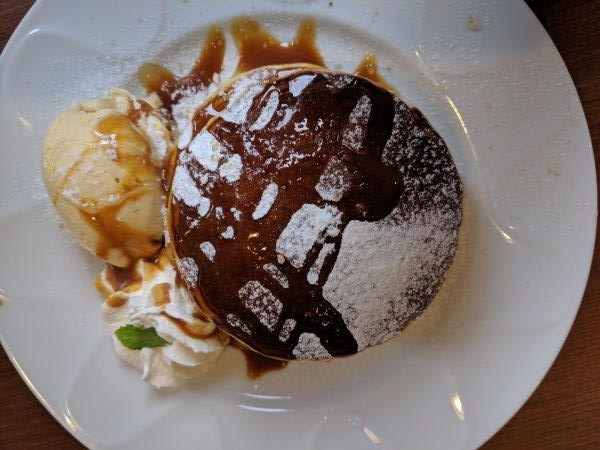
Indian
I had Indian food more than once while I was in Japan. My favorite was Indian Restaurant Khajuraho next to a canal in the historic city of Kyoto. This is a newer restaurant with an attentive and friendly staff. The chicken tikka masala was excellent, and the butter naan was the size of a child’s large head.
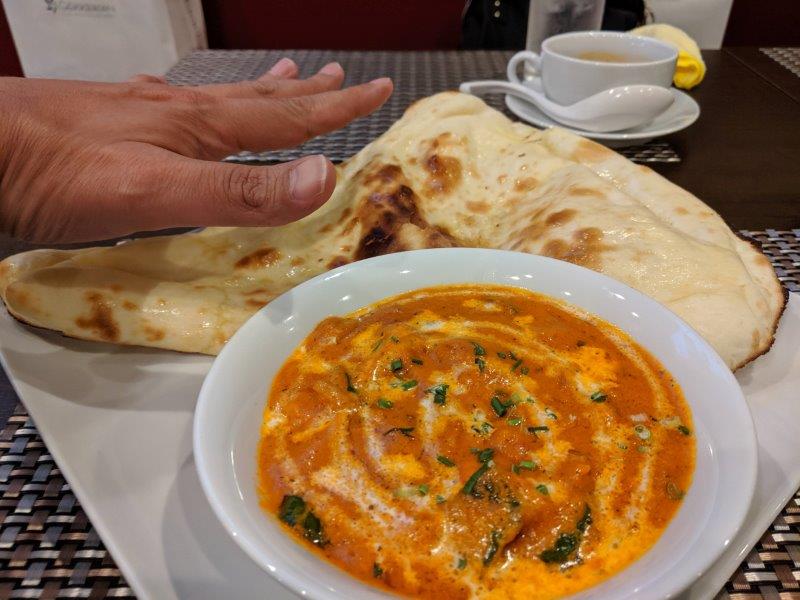
Italian
Of course, you don’t think of Italian cuisine when you say the word Japan, but I had two fantastic dining experiences at Italian restaurants in Kyoto. First up is Rigoletto Smoke Grill & Bar which was an Italian and tapas restaurant. This was a higher-end restaurant with very reasonable prices. I started my meal with flown-in, fresh burrata cheese. My entrée was delectable wagyu-beef Bolognese with garlic bread. I washed my meal down with a couple of Aperol Spritz.
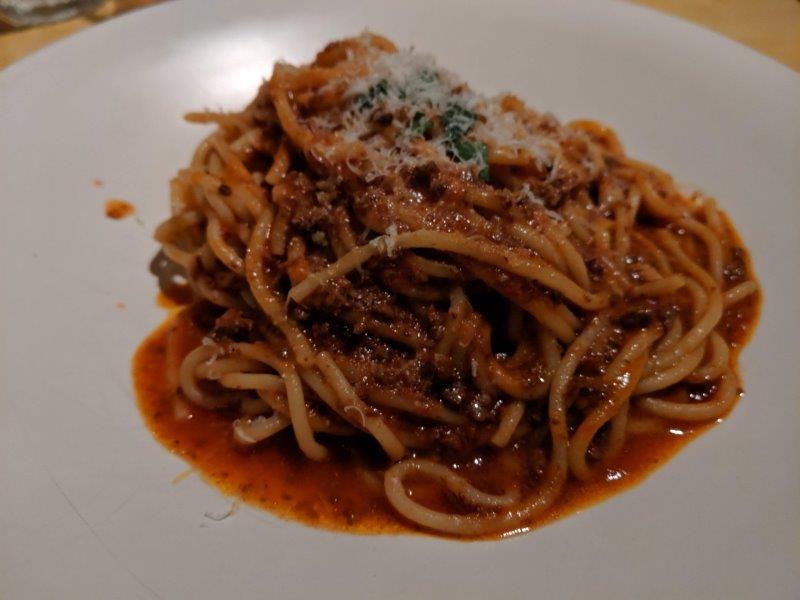
I also had a quick meal at the highly rated Goichi Pizza. I stopped in here for thin crust, wood-fired pizza. I had a Margarita pizza while I sat at the bar. I started with a very-well seasoned green salad. The owner was a cool Japanese guy who was a big snowborder in Oregon but now is slinging pizzas in Japan.

7-Eleven
7-Eleven is your friend. As well as its close cousins, Family Mart and Lawsons. There are over 20,000 scattered across Japan. And whether you want to cool off in the AC, 7-Eleven is your answer for drinks and snacks at any time of the day.
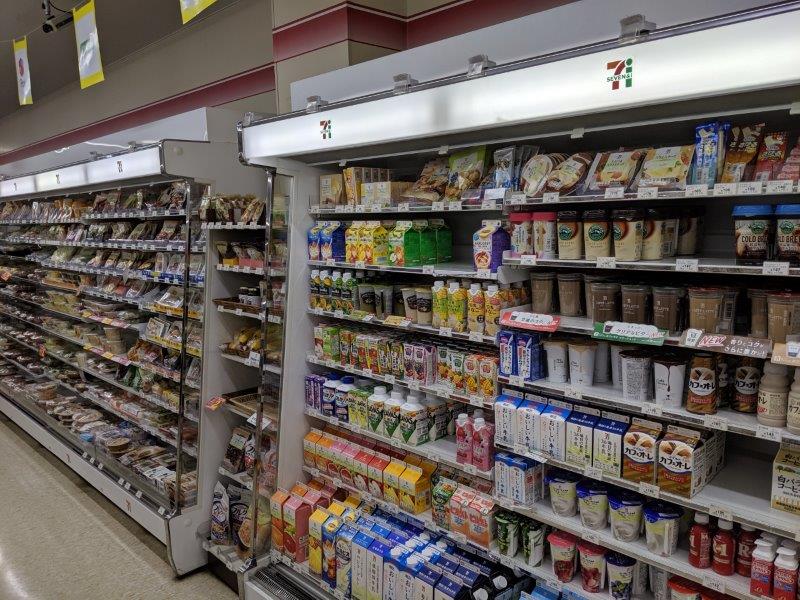
Peaches
Often when traveling overseas I thoroughly enjoy eating local fruits and vegetables. These foods are typically fresher and more flavorful than what I get back home at the supermarket. So when in Bangkok I feast on mangos and when in Yerevan I dine on fresh and simple salads of tomatoes and cucumbers with a touch of olive oil. In japan, I was blessed with the experience of eating a peach. I am not sure why, but these peaches are amazing; bigger, fresher, juicer, and just plain tasty. It comes at a price, in one case I spent $5 on a single peach.
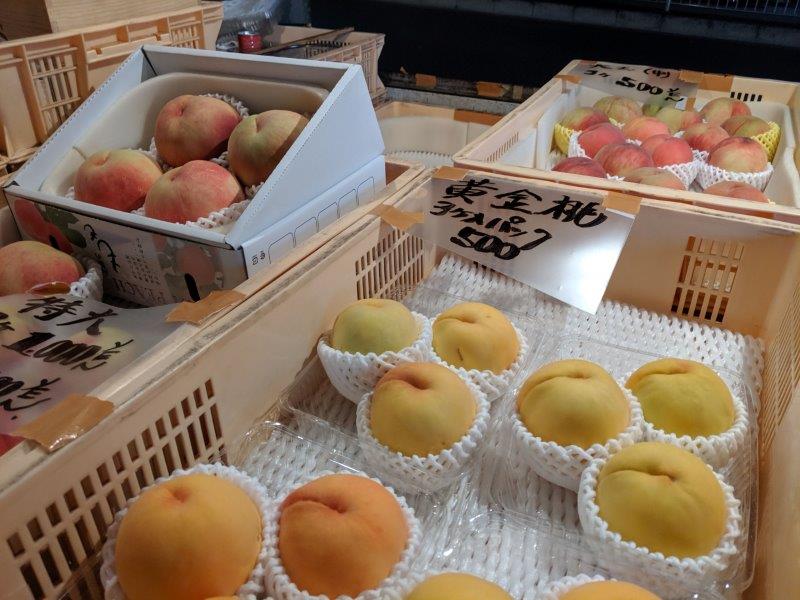
Your Go-Bag
As I mentioned previously, I brought some peanut butter and protein bars. For several breakfasts (when not included at the hotel), I dined on bananas (bought at 7-Eleven) with peanut butter. And when I needed a snack on the go, I would reach for one of my chocolate and peanut butter protein bars. Since it is your go-bag, you should fill with your favorites.

Non-seafood options Japan.

Photos From Chernobyl
Sign up to receive your free copy of Photos From Chernobyl. Over 100 photos from the Chernobyl Exclusion Zone.

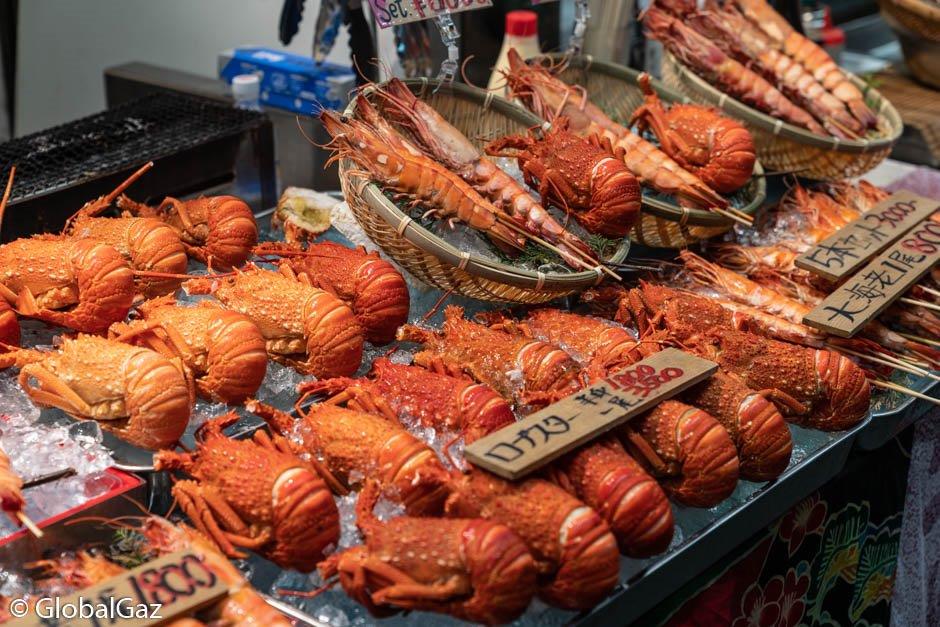
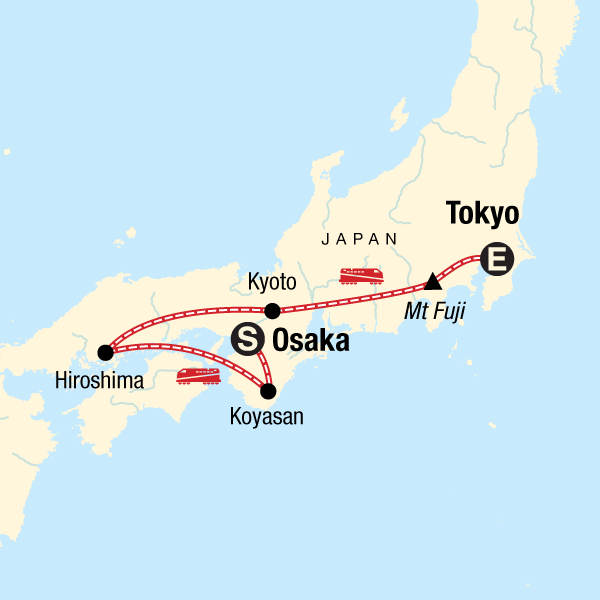
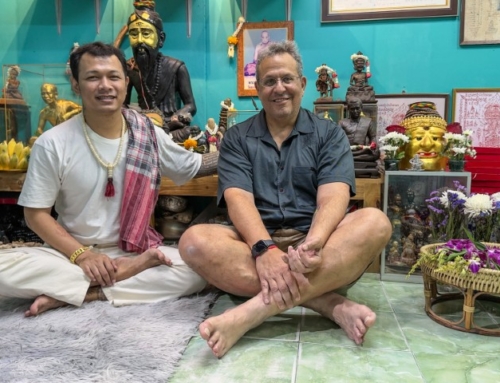
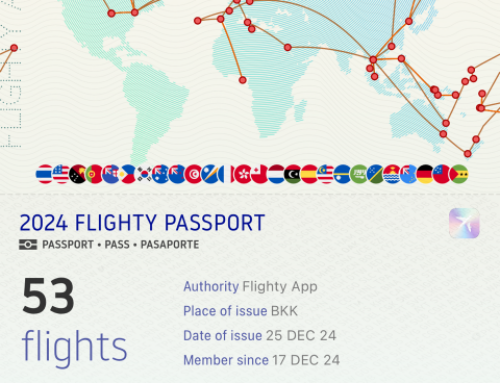


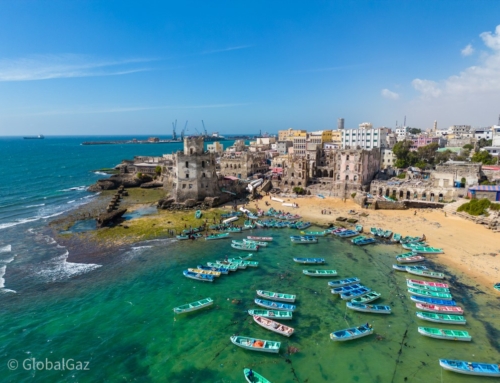
[…] to learn more about Japan? What to eat in Japan if you do not like seafood or sushi. Or you can check out one of my favorite restaurants in Osaka, eating […]
Worcheshire sauce has fish in it 🤣…. soooooo? If u don’t eat fish u might want to steer clear of that. ANCHOVIES
didn’t know that one!!!!